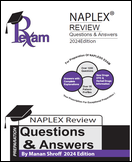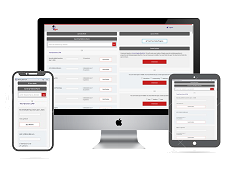
Which of the following statements is/are TRUE ABOUT Winlevi? [Select ALL THAT APPLY].
a. The active ingredient is Clascoterone.
b. It is an estrogen receptor inhibitor.
c. Indicated for the treatment of acne vulgaris.
d. It should only be used in patients 12 years of age or younger.
e. It is available as topical gel.
Which of the following statements is/are TRUE ABOUT Winlevi? [Select ALL THAT APPLY].
a. The active ingredient is Clascoterone.
b. It is an estrogen receptor inhibitor.
c. Indicated for the treatment of acne vulgaris.
d. It should only be used in patients 12 years of age or younger.
e. It is available as topical gel.
Answer: (a,c).
The active ingredient found in Winlevi is Clascoterone. It is available as cream. Each gram of Winlevi cream contains 10 mg of Clascoterone. It is an androgen receptor inhibitor indicated for the topical treatment of acne vulgaris in patients 12 years of age and older. Erythema/reddening, pruritus, scaling/dryness, edema, stinging, and burning are commonly reported side effects of Winlevi.
Clascoterone is first-in-class topical androgen receptor inhibitor that tackles the androgen hormone component of acne in both males and females. Androgen receptor inhibitors act by limiting the effects of these hormones on increasing sebum production and inflammation.
Acne is a multifactorial skin condition, affected by four distinct pathways: excess oil (sebum) production, clogged pores (hyperkeratinization), bacteria growth (C. acnes), and inflammation. Topical treatment options that target androgens, which largely drive sebum production and inflammation, presented a significant unmet need in the acne treatment market until now.
Elevated potassium levels (Hyperkalemia) were observed in some patients during the clinical trials.
Try our Naplex QBank. www.pharmacyexam.com **Please note: This type of question will not show up in an MPJE. We are just posting to MPJE group for knowledge.




